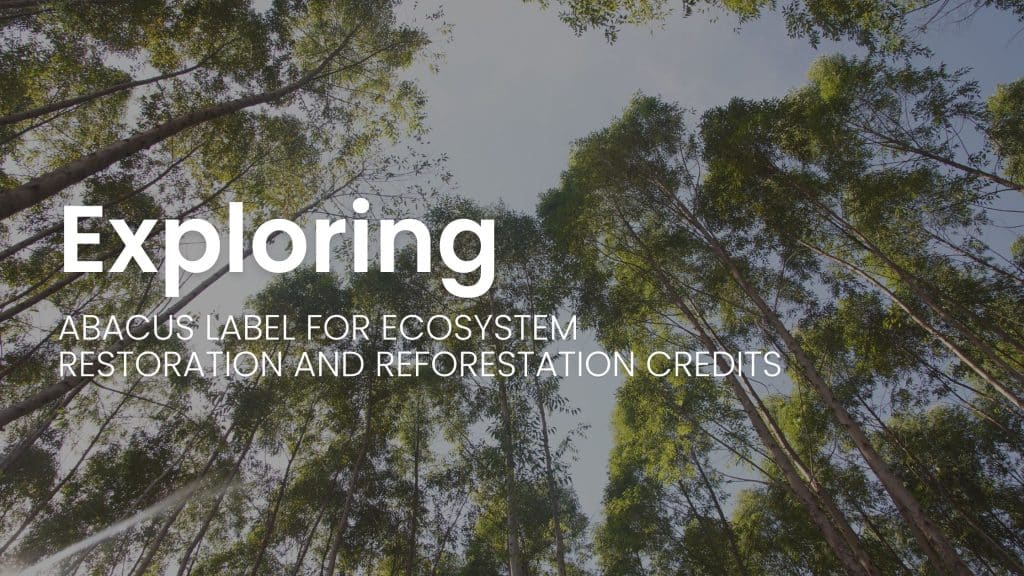Table of Contents
What is the CBAM?
The Carbon Border Adjustment Mechanism (CBAM) is essentially a carbon tax imposed on imported goods from countries outside the EU that have less strict climate regulations. It will put a price on carbon emissions from imported goods, equal to the EU’s carbon price.
Why is CBAM necessary?
With the EU implementing increasingly stringent climate policies, particularly concerning permissible CO2 emissions within the EU region, the CBAM becomes crucial in addressing the risk of carbon leakage. i.e. the phenomenon where EU companies move carbon-intensive production abroad or import carbon-intensive goods to evade higher costs.
The CBAM ensures that imported goods account for their embedded carbon emissions, aligning with domestic carbon pricing. This safeguards the EU’s climate objectives and remains compliant with WTO regulations.









